An unfortunate gap between traditional and digital mediums for drawing & painting.
The words ‘digital drawing’ has many different meanings to different people and the domain of digital drawing has remained largely aloof to most traditional artists. I will try to bring more clarity on this subject so as a traditional artist, you can gauge a better understanding of how this domain has evolved through history. In this way, you can decide if it’s right for you.
Early digital drawing tools
Remarkably digital drawing has existed since the invention of the personal computer and the term implied drawing on a digital medium. Although high end computers existed prior to personal computers and used for digital manipulation and imagery but the cost was too high for the mainstream audience.

It was only when the IBM personal computer with the Microsoft operating system and the Apple computer that they became more available to the general population that led to the ‘digital drawing’ explosion. This was coupled to the advances in the speed, performance and capabilities of the computer that led to this new way of ‘drawing’ on computers. Initially, the tools were rudimentary which was due to the lower resolution and the lack of universal interfaces and thus made those tools somewhat costly to make. However, with improved interfaces and software technologies along with higher resolutions, it was possible for real world applications of graphic design and thus was born the ‘graphics artists’. They were quickly in demand by industry requiring precise graphics required for marketing and advertising.
Graphics tablet and software apps
Around this time, the ‘graphics’ tablet was born which allowed you to use a pen and attach to the computer to produce artistic designs right on the computer. Software companies like Adobe Photoshop was the mainstream app that made it possible for many graphics artists to turn their skills into a lucrative career. As you can imagine a person with the abilities of using a graphics tablet/software along with an abundance of creative skills were always in demand.
This has been the mainstay of digital drawing for a couple of decades and even to this day, we have a myriad of graphics tablets that works with Windows and Apple computers. They are ideal for doing precision graphics work on creating digital art and for such works as logo design and image manipulation. With so much internet sites to support the demand for people with these skills continue to be on the rise.
Traditional drawing and painting have always been with familiar materials that has been with us for centuries, for example, the humble pencil, charcoal, pastels etc. for the dry medium and acrylics, watercolors, oils etc. for the wet medium. People with enormous creativity and artistic skills have kept to these traditional mediums and found that there was no reason to extend their creativity into the digital medium. In fact the transition to the digital medium was not that straight forward, after all, one has to learn the tools of the computer and how to use it. In actual fact those thoughts no longer apply and I will explain with more details below.
New turning point in digital drawing
We have seen in the last decade the explosive growth of tablets, particularly in the Android and Apple platforms. These simple touch sensitive devices have brought the ‘drawing’ capabilities that I was talking about earlier, to many more people than ever before. With many drawing apps that are freely available for these tablets, one can now draw right on the digital medium and has spurred the growth of these applications. As a result many groups of audiences has sprung up to use this digital medium to showcase their artistic abilities.
- Graphics artists who were already familiar with the earlier tools of graphics tablet coupled to their computer
- Regular people who are interested in drawing and want to experiment with their tablets
- Traditional artists who want to extend their artistic abilities to the digital medium
I personally happen to belong to the third group of audience, who wanted to extend his creative skills to the digital medium. Although it is subject to debate as to what percentage of the whole population belong to each of the groups shown above. What I can tell you is that people who are familiar with technology and are creative artists use the medium to produce amazing works of art. You only have to see many of the digital artwork found in sites like deviantart, creativeblog, pinterest amongst a handful of sites showing of creative works from digital artists around the world.
Whenever, you see the digital artworks online, it can tell you a lot about the artist behind their creation and here is how. If the artwork looks almost animated, 3D with zero imperfections, then you almost immediately infer that the artist has a good grasp of the tools required to produce the effects that they are looking for. However, if it is free in style and shows some imperfections etc. the artist is using less of the tools to make their creations.
It is without doubt that the proliferation of digital artworks with advanced manipulation of the image not only makes the work appear ‘digital’ but can almost put off many traditional artists wanting to learn about this medium. After all traditional artists rely on simple tools ie. brush and paint, charcoal and paper to make their creations, there are a very few tools that are used to enhance that process which is unlike the digital medium. This ‘freehand’ way of drawing in the digital medium is frowned upon and almost looked upon as someone lacking in the technical abilities. Unfortunately, this thinking has kept the two groups separate and distinct from each other while one group (digital) emphasizes effect over function (traditional artist).
This thinking has led to applications supporting more features rather than keeping to the spirit of drawing and painting which has been a stable horse in the traditional medium. However, I am delighted to say that there is an application that turns this thinking on it’s head and have bridged the gap between traditional and digital mediums. I am of course talking about the free Google play apps by Paintology.
The Paintology set of apps attempts to address the problem of transitioning traditional artists to the digital medium without too much effort. The full app has been designed with minimalistic tools but nevertheless powerful enough for the artist to continue to exercise their well known techniques of drawing and painting into the digital medium.
As a result, you can go as far as creating photo realistic drawings like the one shown in Fig. 1.

I encourage you to try out this app on your phone or tablet and see how the intuitive interface allows you to become comfortable with the app and start drawing right away. Like many traditional artists it’s not the tools that will make you a better artist but the mastery of your craft that will allow you to make great creations. This is very true of the Paintology app.
Download the free Paintology app from the Google play store.
https://play.google.com/store/apps/details?id=com.paintology.lite

Happy Painting & Drawing!


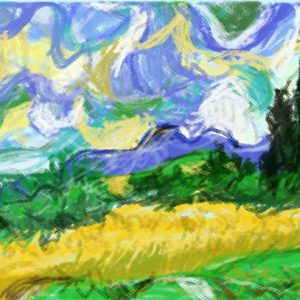
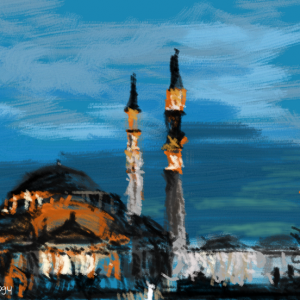

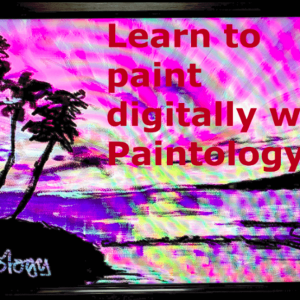

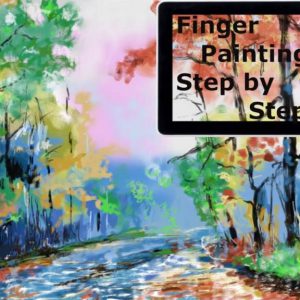
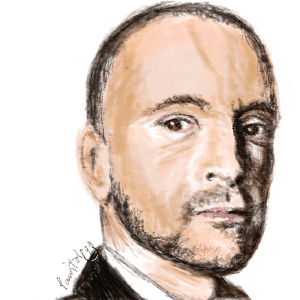
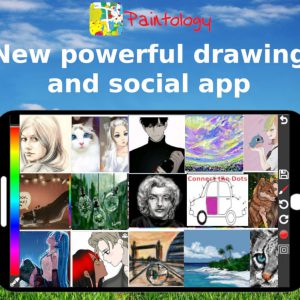
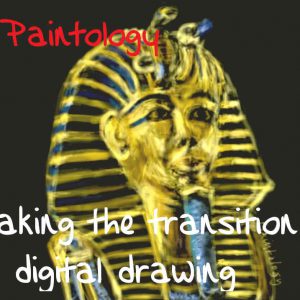
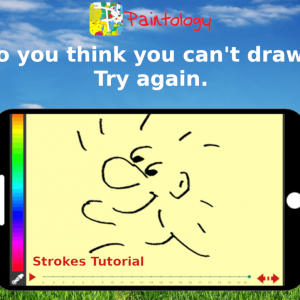

 Digital Canvas
Digital Canvas
Leave a Reply